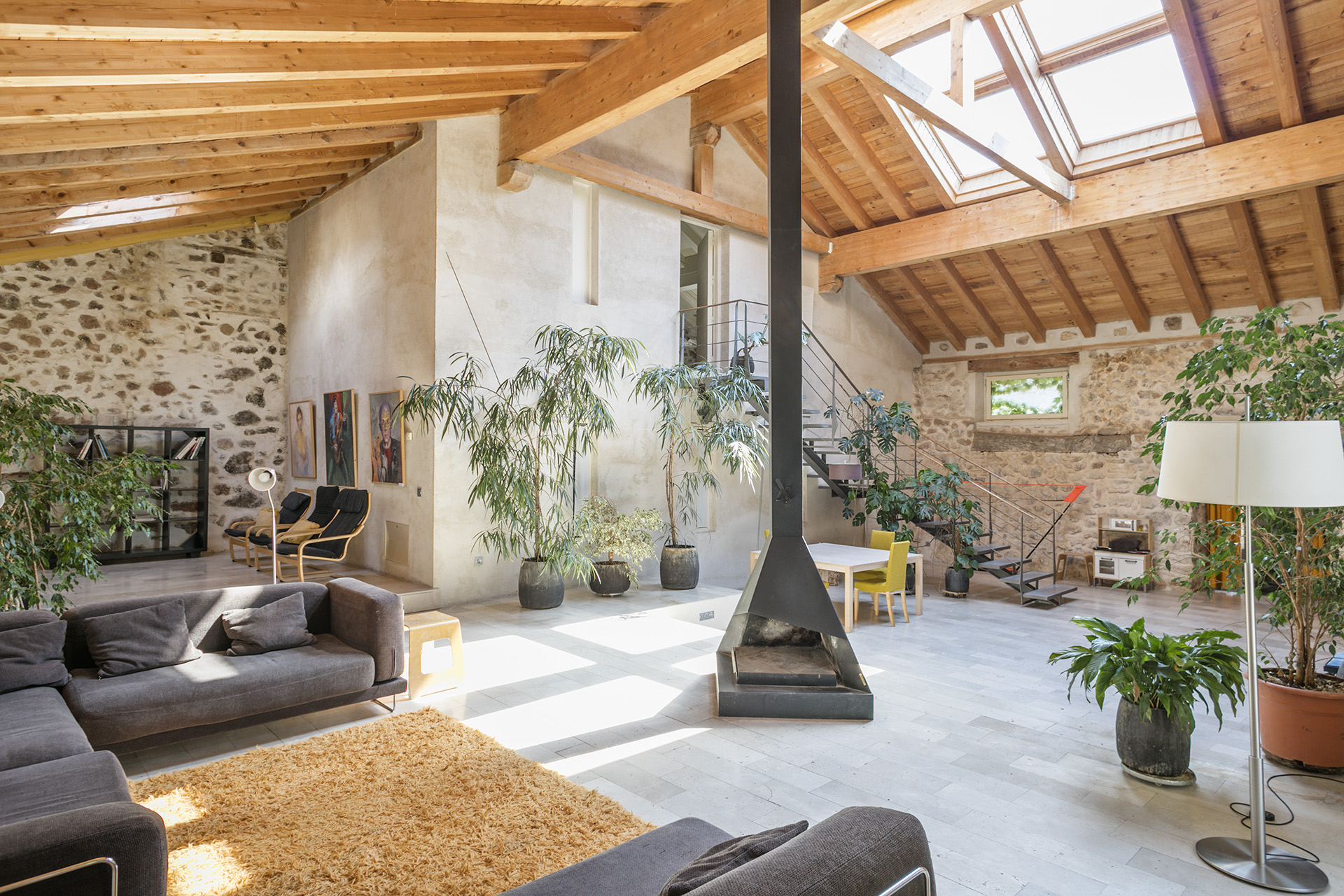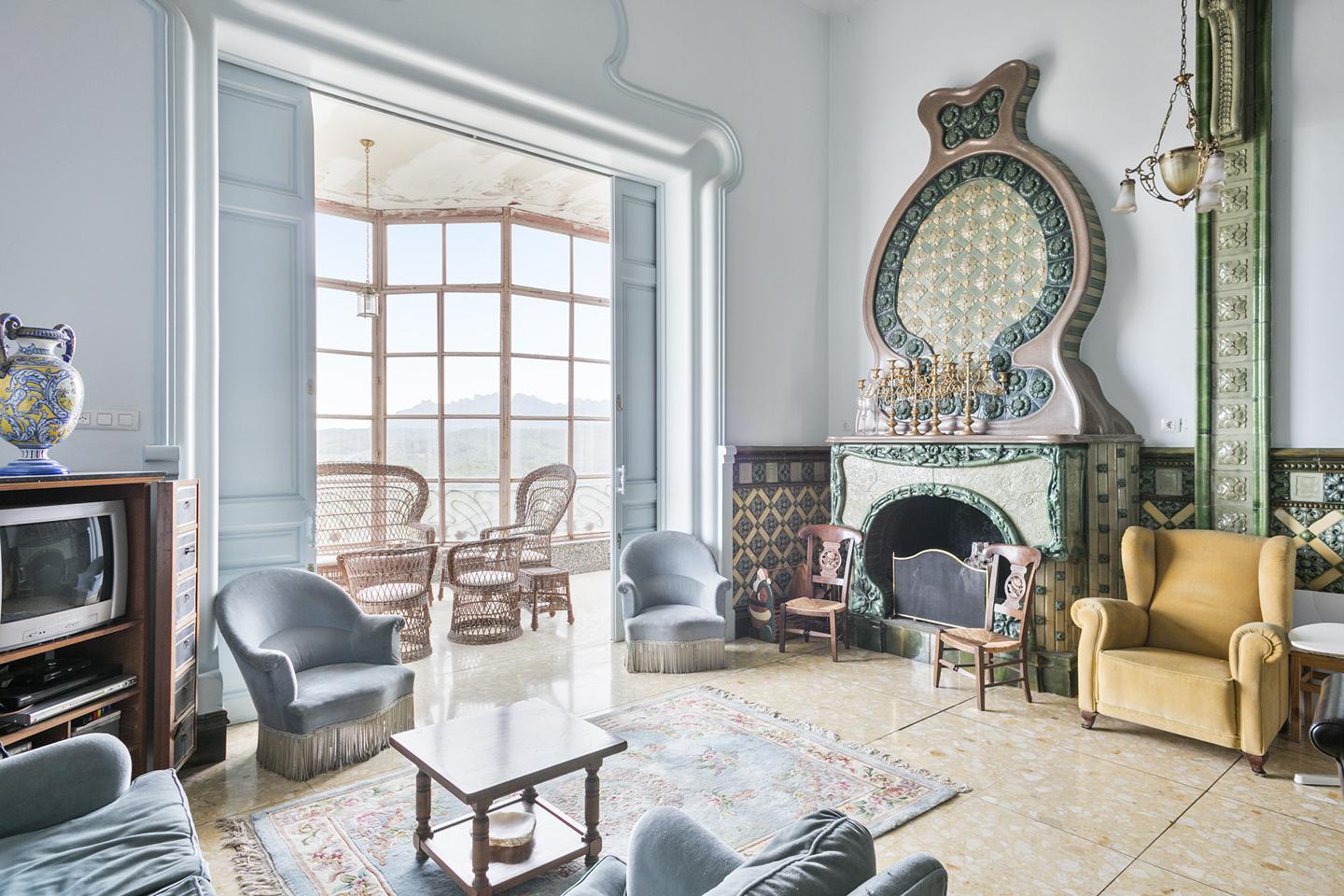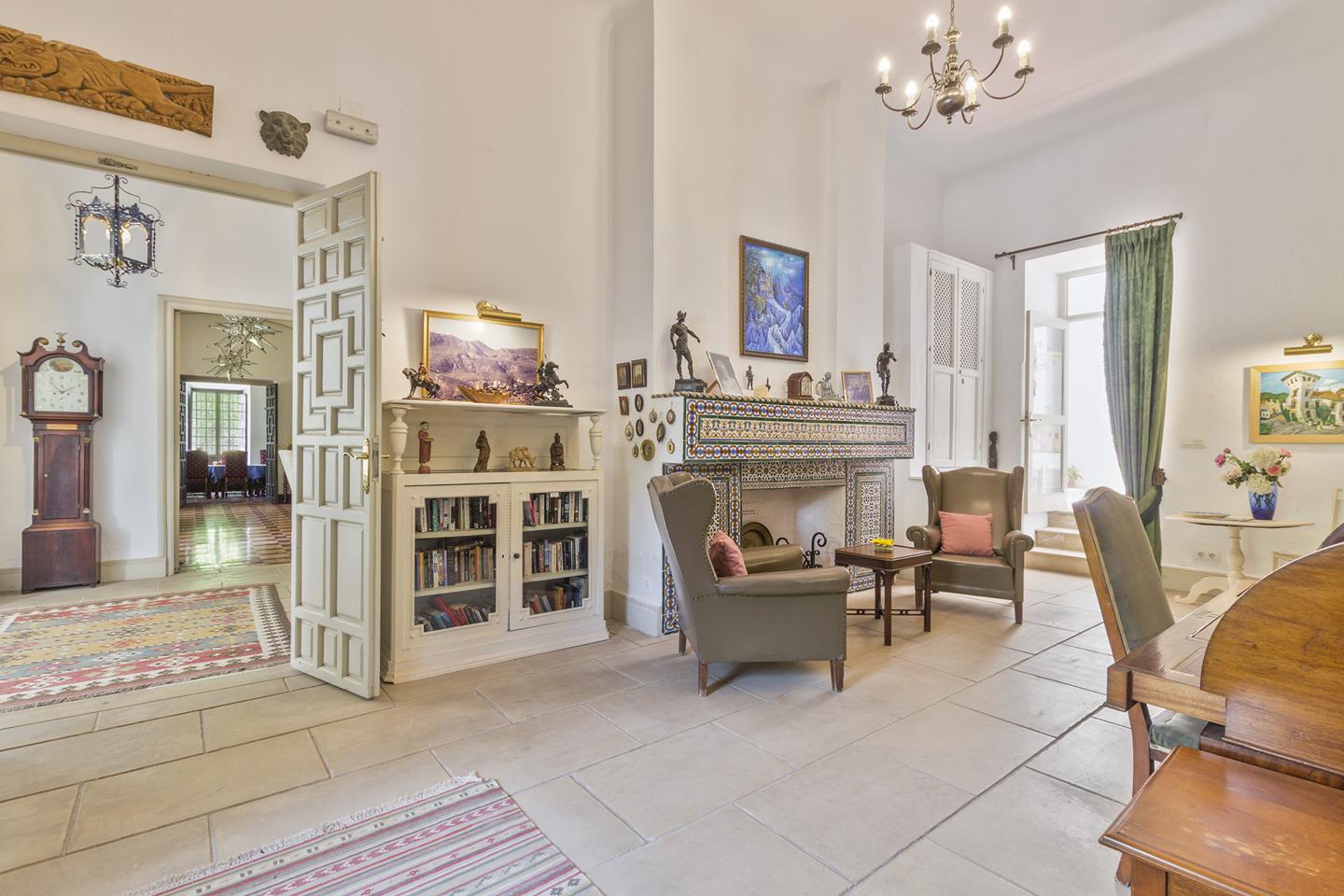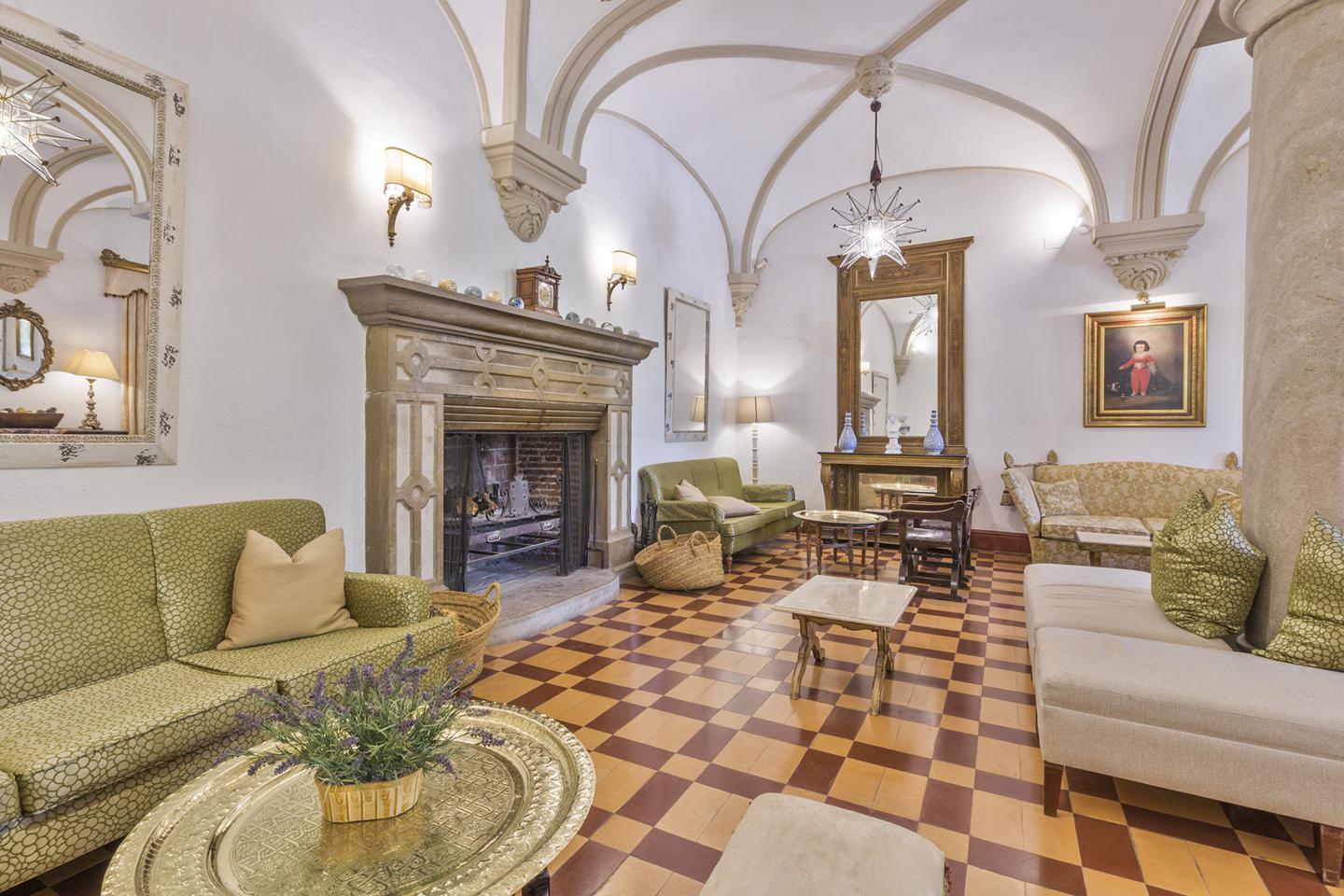The eternal call of a roaring fire
For hundreds of years, our ancestors huddled around the fireplace to tell their best tales, delight in the sweet scent of roasted chestnuts or couple up in the light of the flames. A fireplace goes a long way to create a cosy, welcoming atmosphere in any room, enhancing the aesthetics of your space and adding an extra touch of magic. Fire, much like the sea, has a hypnotic quality that can send us off into deep reflection and the furthest recesses of our memories.
The first fireplace known to history was discovered in Pompeii and dates from the first century CE. It was built to a square design with five pipes converging into a single exterior aperture. But the fireplace as we know it today was an invention of the 12th century. Originally, it would have taken the form of a simple hood fixed above the flames to channel the smoke towards the roof. When fireplaces with a circular layout appeared in the 13th century, there was a radical shift in design. Now, the flue could be built into the wall, drawing smoke through a semi-conical hood resting on a set of metal feet.
Fourteenth-century fireplaces were more rectangular, with an iron-grated or panel-fronted firebox to protect the walls. It was not until the Renaissance period that they became prominent decorative features, often positioned in the centre of the room. Later, in the 17th and 18th centuries, marble took over from stone as the preferred construction material, especially in Spain and France. It became fashionable to hang mirrors and other ornamental objects above the mantlepiece, a new addition to fireplace design.
In the 19th century, the physicist Sir Benjamin Thompson (Count Rumford) came up with a new, safer version with more efficient flues. His improved design meant that flues could be incorporated into the wall cavity rather than linking up externally.
A design for every taste
Today, homeowners have a near-infinite range of types and designs to choose from. Whether you opt for real flames fuelled by wood, gas, bioethanol or pellets, an electric fire or a purely decorative model, you’re sure to find something to enhance your home. The main advantage of wood fires is that they are cheaper to run and use a more sustainable form of fuel. However, a gas fire is cleaner, producing fewer polluting emissions. Electric fires work much the same way as a kitchen stove. They often have a front panel giving the appearance of burning logs, with “flames” evoked by flickering lights.
A bioethanol fireplace can yield enough heat for smaller spaces. Bioethanol is a clean-burning, renewable biofuel often used for miniature decorative fires. Finally, pellet fireplaces are becoming more and more popular. This highly efficient recycled material is both clean and relatively inexpensive considering its performance.
If you dream of a home with a fireplace, The Singular Space offers an ample selection hand-picked for every buyer. How about this fully restored historic mill, for instance? Located in Segovia province, it boasts two splendid fireplaces, lending a cosy feel to one of the reception rooms and the kitchen-dining room.

Alternatively, this magnificent cigarral in Toledo province boasts an array of charms, including two exquisite fireplaces embellished with colourful tilework: one in the dining room, the other in the ground-floor living room.


The modernist fireplace preserved by this stunning country house of the same style is truly one of a kind. This delightful property in Barcelona province reveals a second flamboyant period fireplace in one of its reception rooms, plus a more contemporary version in the spacious sitting room on the first floor.

Then we come to this extraordinary 15th-century Andalusian mansion. Here you have a choice of firesides where you can curl up on a cold night, most notably an imposing period number in the formal sitting room (which also features a vaulted ceiling and central column) and another in the living room sporting intricate decorative tilework.

